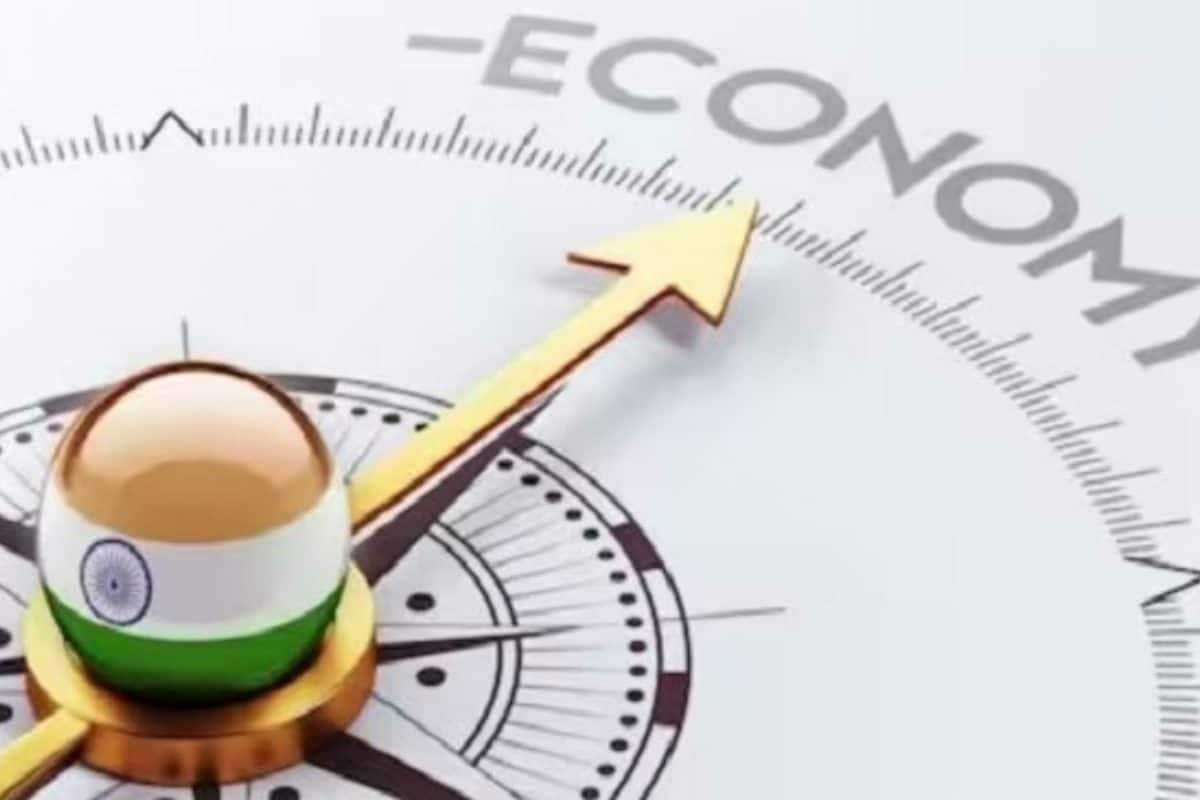

India's economy showcases a multifaceted growth story, marked by record-high exports, cooling inflation, and an expanding rural economy. This performance underscores the country's increasing resilience and integration into the global economic landscape.
Exports at Record High
India's exports of goods and services reached an all-time high of $824.9 billion in the fiscal year 2024-25. This was driven by a surge in service exports, which hit a record $387.5 billion, representing a 13.6% increase over the previous year. Key sectors contributing to this growth include telecommunications, computer and information services, transport, travel, and financial services. Merchandise exports also played a crucial role, with non-petroleum goods exports reaching a new peak of $374.1 billion in 2024-25, a 6% increase from the previous year. This export performance is particularly noteworthy, given the challenges posed by global trade headwinds. The rise in exports reflects India's enhanced competitiveness, strategic policy measures, and broader market access.
Inflation Cools
India has seen a welcome moderation in its inflation rate. In June 2025, the inflation rate decreased to 2.1%, down from 2.82% in May. This figure is significantly below the Reserve Bank of India's (RBI) target of 4%, providing a stronger case for potential rate cuts by the central bank. The Consumer Price Index (CPI) for June 2025 stood at 194.2, with a month-on-month inflation rate of 0.6%. The moderation in fuel and light inflation also contributed to the overall cooling trend. Moreover, a recent survey indicated that over 78.4% of rural households perceive the current inflation to be at or below 5%, reflecting improved price stability.
Rural Economy Expands
The rural economy has emerged as a significant driver of India's economic growth, outpacing urban areas. This is largely attributed to increased government spending in rural regions. Rural consumption is growing at 7.1% annually, exceeding India's broader economic expansion of 6.5%. Manufacturing value added from rural areas has crossed 50%, indicating that rural India is not just consuming more but also producing more. A survey by NABARD revealed that 76.6% of rural households reported an increase in consumption, and 39.6% experienced an increase in income during the past year. The survey also highlighted that 74.7% of rural households expect their income to increase over the next 12 months, demonstrating strong optimism. This growth is supported by fiscal transfer schemes from the central and state governments, which contribute about 10% of a household's monthly income. Furthermore, there's a noticeable shift away from agriculture dependence, with rural households diversifying into non-farm businesses, manufacturing, and services.
Factors Driving India's Growth
Several factors contribute to India's economic growth. These include a demographic dividend, urbanization, infrastructure development, and increasing domestic demand. India's large working-age population, increasing urbanization, and government investments in infrastructure are key drivers. The government's focus on improving the business environment, enhancing logistics, and rationalizing tax rates has also boosted the manufacturing sector. Moreover, the expansion of India's digital economy, particularly in sectors like software services, fintech, and e-commerce, is expected to contribute significantly to GDP growth.
In conclusion, India's economic growth is being propelled by a combination of robust exports, controlled inflation, and a thriving rural economy. These factors, along with strategic government initiatives and a favorable demographic profile, position India for continued economic expansion and a greater role in the global economy.